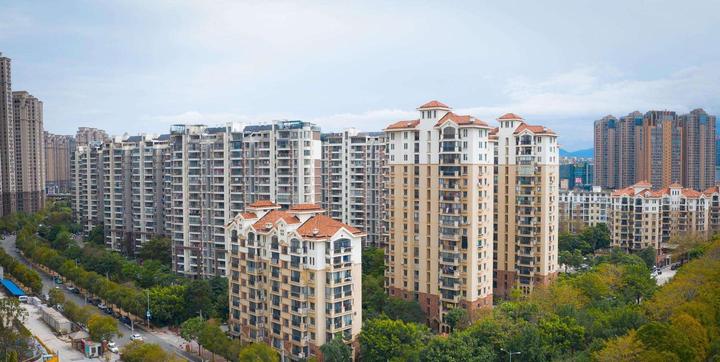China's Property Market Reform: The Shift Away From Gross Floor Area
Several Chinese cities announced plans to phase out the use of gross floor area (GFA) in property sales, shifting to a net usable area pricing model by 2025. This major reform aims to increase transparency and reshape market dynamics.

China’s real estate sector is undergoing a significant transformation as multiple cities, including Zhangjiakou in Hebei Province and Hengyang in Hunan Province, announce plans to eliminate the use of gross floor area (GFA) in property transactions. This reform represents one of the most important changes in China’s property market for 2025.
The current GFA system in China includes both the usable area of an apartment and shared spaces like corridors and elevator shafts in the total floor area calculation. This practice has long been criticized for lacking transparency and potentially misleading homebuyers about the actual living space they are purchasing.
Two distinct approaches to this reform have emerged:
The Guangzhou Model focuses on increasing the actual usable space ratio through new building regulations. Under this approach, developers can provide buyers with more practical living space while maintaining the same GFA. This creates long-term value as these properties will maintain their competitive advantage even in the secondary market.
The Hengyang Model, implemented in Hunan Province, requires developers to price properties based solely on net usable area. While this approach provides greater pricing transparency, it may lead to higher per-square-meter prices as the same total cost is divided by a smaller area. However, this could effectively result in price reductions as buyers better understand what they’re paying for.
Property experts note that this reform will likely result in a 100% space utilization rate for new properties, meaning buyers will get exactly what they pay for. This change is expected to boost buyer confidence and improve housing quality, as developers will need to compete on actual living space rather than inflated numbers.
The reform’s implications extend beyond pricing transparency. It will affect property taxes, heating costs, and management fees, which are currently calculated based on GFA. This systemic change requires coordination across multiple government departments and regulatory bodies.
Market analysts point out that this reform follows similar successful transitions in other markets, notably Hong Kong, which eliminated GFA calculations in 2013. The transition period will be crucial as the market adjusts to new pricing mechanisms and developers adapt their building designs to maximize efficient space usage.
For potential homebuyers, this reform means clearer understanding of their purchases, better value for money, and improved living spaces. For developers, it necessitates a fundamental shift in design and marketing strategies, focusing on actual usable space rather than gross areas.